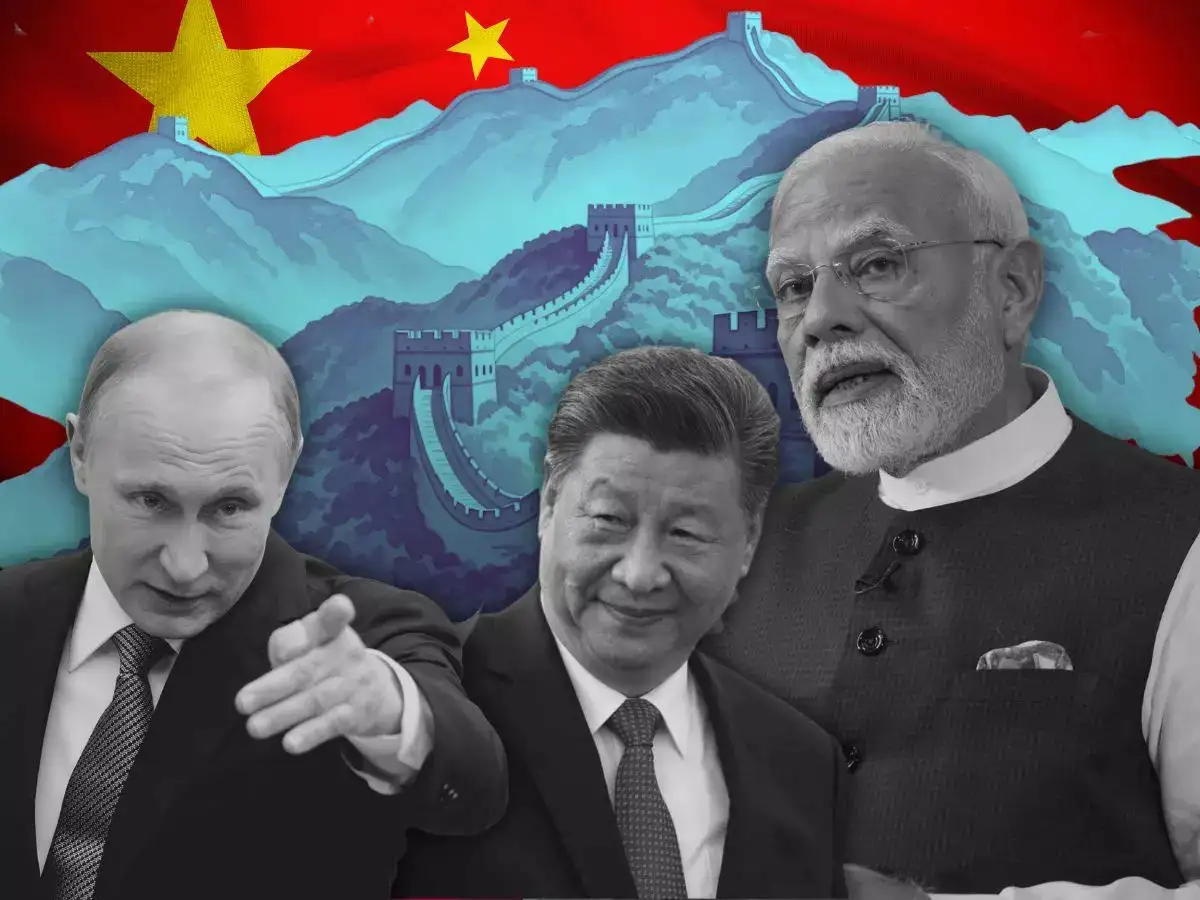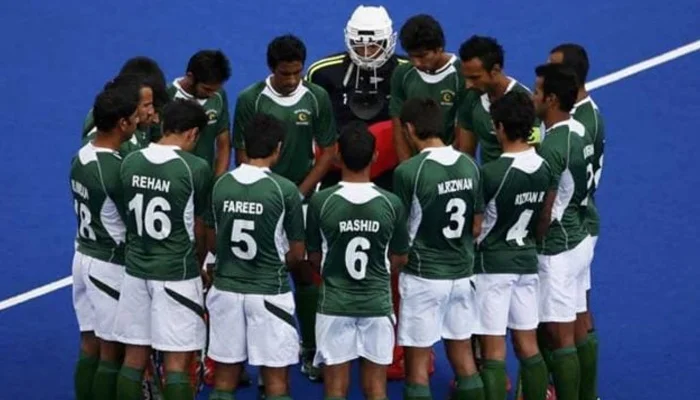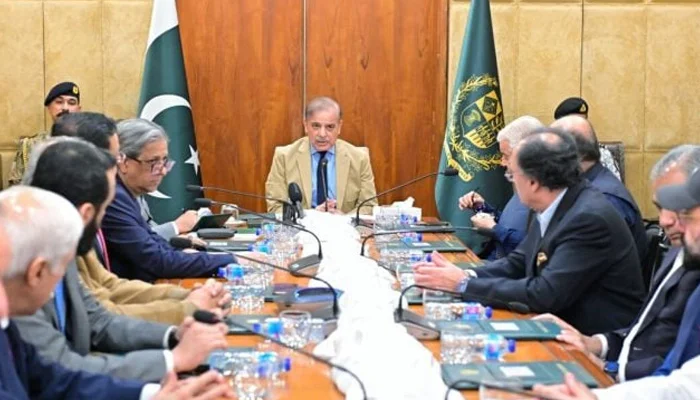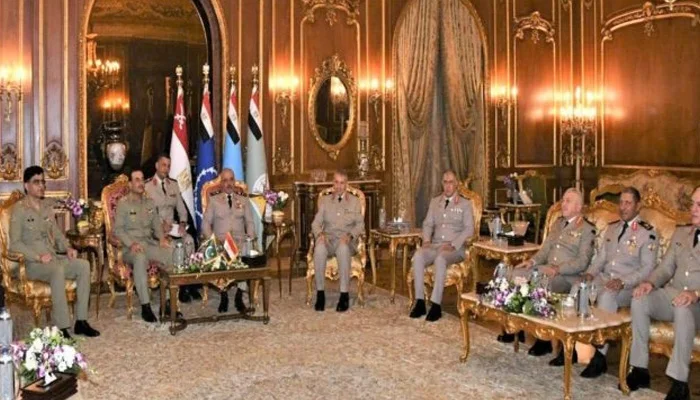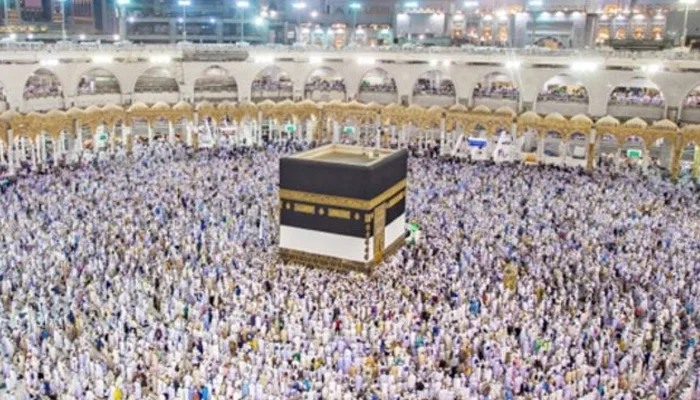Trade among India, China and Russia surged to $452bn in 2023, reflecting not just commercial flows but also a deeper geopolitical realignment. As Western sanctions push Moscow eastward, and U.S. tariffs intensify friction with Beijing and New Delhi, the three powers are increasingly bound together by energy, manufacturing, and strategic necessity.
According to the Observatory of Economic Complexity (OEC), trilateral trade jumped by more than $100bn in just one year, up from $351bn in 2022. Much of this growth was driven by Russia’s discounted energy sales and China’s ability to provide technology and consumer goods at scale.
Russia: Energy Giant Turned Eastward:
Before the Ukraine war, Russia’s export profile was more balanced, with Europe buying much of its oil, gas and raw materials. But sweeping Western sanctions since 2022 have forced Moscow to reorient decisively toward Asia.
In 2023, China imported $129 billion worth of Russian goods, primarily consisting of oil and natural gas.
India also emerged as a major buyer, purchasing $66.1 billion in Russian exports, with approximately 88% comprising crude oil and natural gas—often acquired at steep discounts compared to global market rates. Combined, China and India accounted for nearly half of Russia’s total exports during the year.
In return, Moscow has leaned heavily on China for manufactured goods. Chinese companies sold $110bn worth of machinery, cars, and transport equipment to Russia in 2023. India’s exports to Russia were far smaller, at $4.1bn, but included a mix of chemicals, metals, and industrial machinery.
The result is a large Russian trade surplus, but one that comes with growing dependence on Asian buyers.
China’s Strategic Pivot:
China remains the linchpin of Asian trade, running massive surpluses with both Russia and India.
- With India, the imbalance is stark: Beijing exported $125bn in 2023, mostly machinery, electronics and chemical products, while importing just $18.1bn, mainly oil and fuel-related goods. India’s deficit with China has been a longstanding source of concern for New Delhi.
- With Russia, China is both a buyer of energy and a supplier of vital goods. The trade is complementary, but Beijing enjoys leverage as Moscow’s economic lifeline.
Beyond the trilateral, China’s global trade weight remains immense. The U.S. is still its largest single buyer at $442bn in imports, but Asia as a region absorbed $1.6 trillion worth of Chinese goods in 2023.
India’s Tightrope Walk:
India’s trade story is shaped by two priorities: securing cheap energy and supporting its domestic industries.
- From Russia, India bought $66.1bn worth of goods in 2023, overwhelmingly energy products. This has kept domestic fuel prices stable but widened the trade imbalance.
- To Russia, India exported only $4.1bn, far less than it imported, reflecting the structural dependence on Moscow for oil and gas.
- With China, the story is similar: heavy reliance on imported machinery and chemicals versus relatively limited exports of fuels and raw materials.
Outside the trilateral, India’s biggest customer is the United States, which bought $81.4bn in 2023—nearly a fifth of India’s total exports. Key categories included pharmaceuticals, precious stones, textiles, and machinery. The UAE and the Netherlands round out its other top markets.
Strategic Implications: Beyond Trade:
The surge in trilateral trade is not just about economics. It reflects a shifting global order, one in which India, China, and Russia—despite tensions and differences—are increasingly tied together through necessity.
Asia has increasingly become the cornerstone of Russia’s export strategy, replacing Europe as its primary market. For China, this shift enhances its position as a global manufacturing hub, supported by stable access to Russian energy and growing trade ties with the Indian market.
Meanwhile, India benefits from discounted Russian crude, bolstering its energy security, even as it continues to rely heavily on Chinese machinery, which remains difficult to substitute.
At the Shanghai Cooperation Organisation (SCO) summit in Tianjin, Chinese President Xi Jinping called for “true multilateralism” and a stronger Global South voice in world trade. With the SCO representing 43% of the world’s population and 23% of global GDP, India, China and Russia sit at the core of this alternative economic framework.
Outlook:
The $452bn in trilateral trade underscores the emerging economic bloc forming across Eurasia. While their relationships are fraught with rivalry, particularly between India and China, the shared incentive to reduce dependence on Western markets is creating new patterns of interdependence.
For now, energy, machinery and raw materials are the backbone of this trade network. But over time, the economic choices of these three powers could reshape the balance of global commerce, shifting influence away from U.S.-led institutions and toward a more fragmented, multipolar order.

